Audio
The latest Audio breaking news, comment, reviews and features from the experts at T3
Explore Audio
-
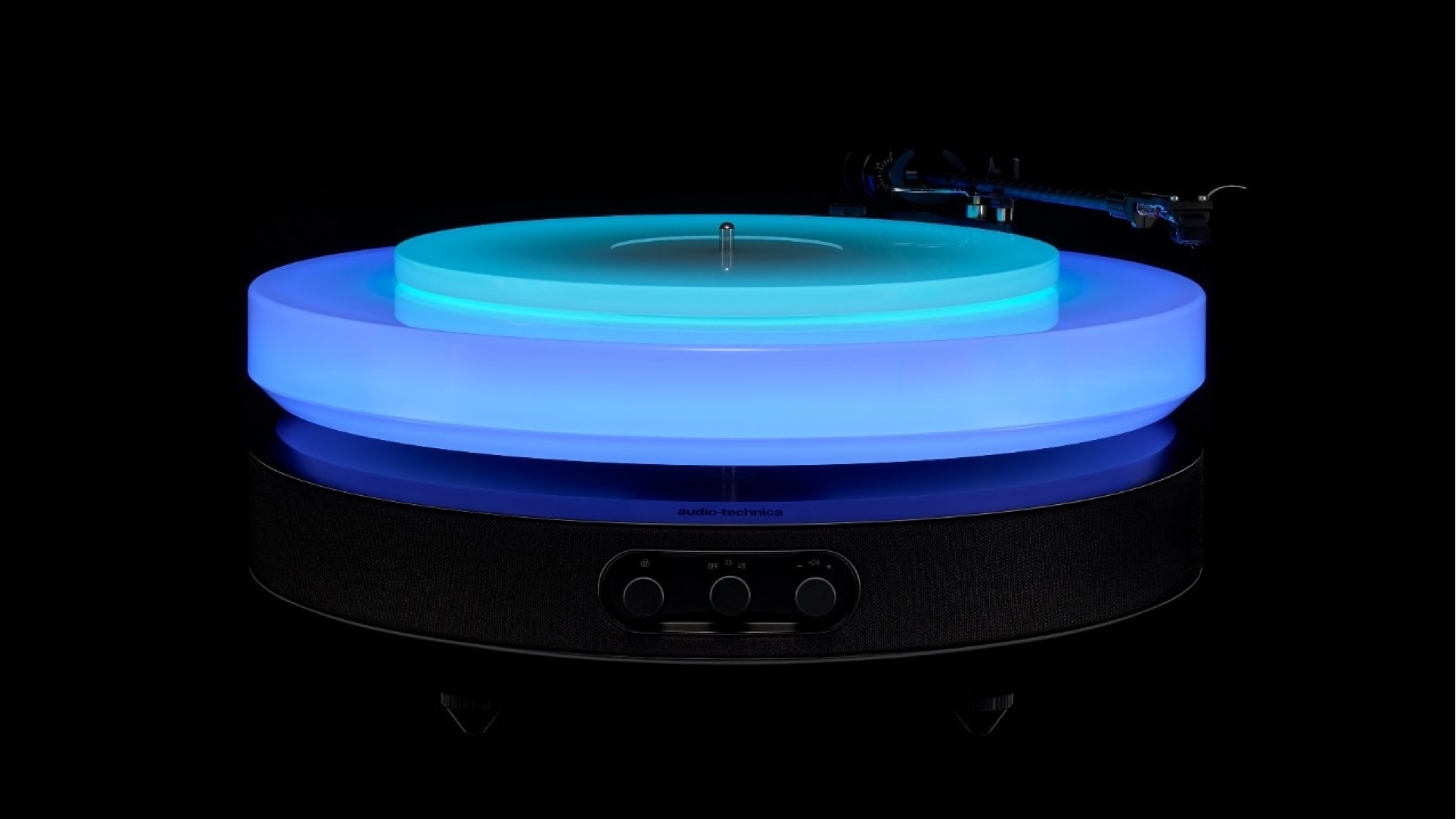
Audio-Technica’s latest luxury turntable will light up your life, and your records
This strictly limited turntable is a feast for the eyes as well as the ears
By Carrie Marshall Published
-
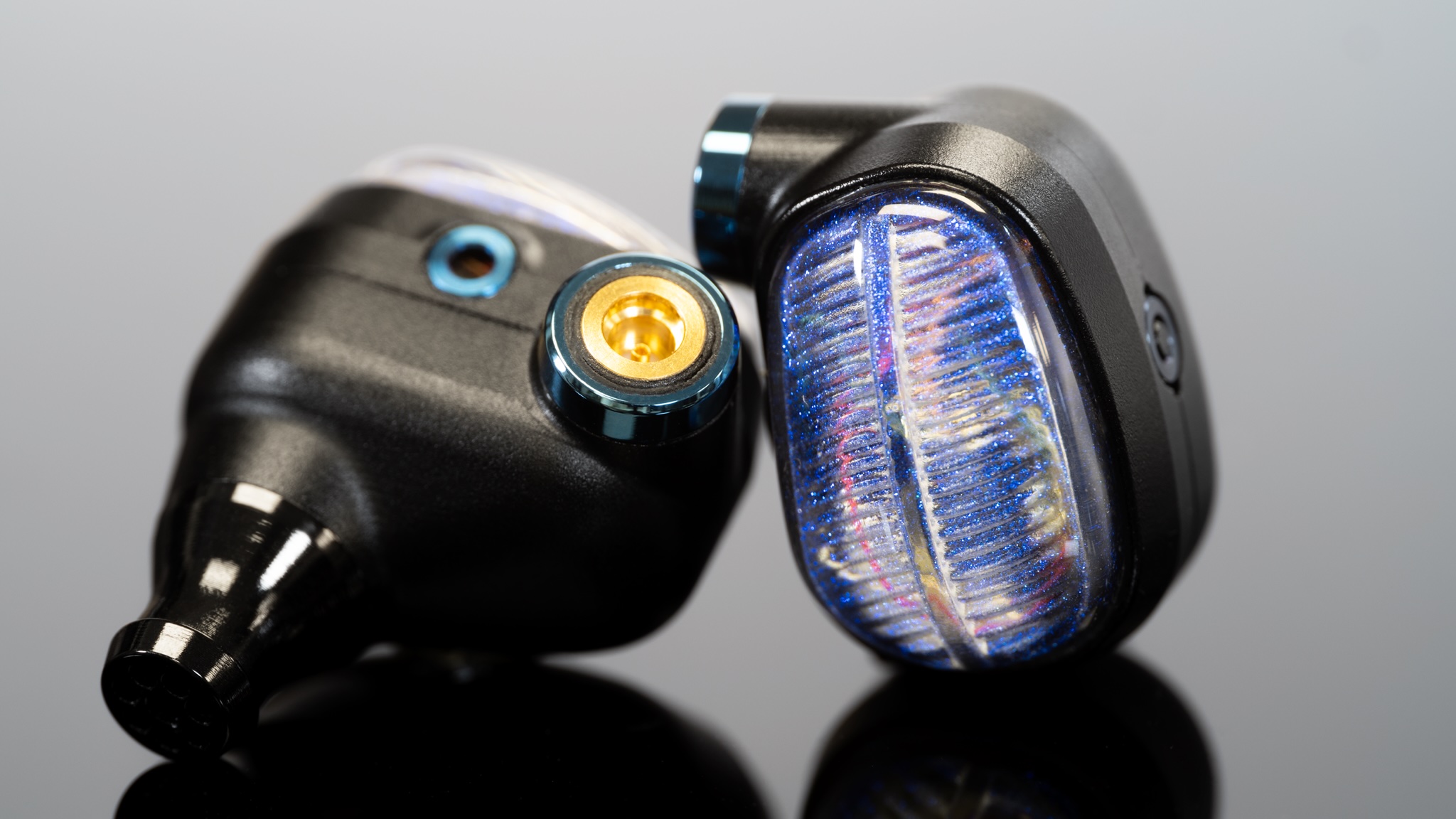
Campfire Audio’s new Alien Brain IEMs are a hi-fi, sci-fi glass act
Campfire promises "close encounters of the Hi-Fi kind"
By Carrie Marshall Published
-
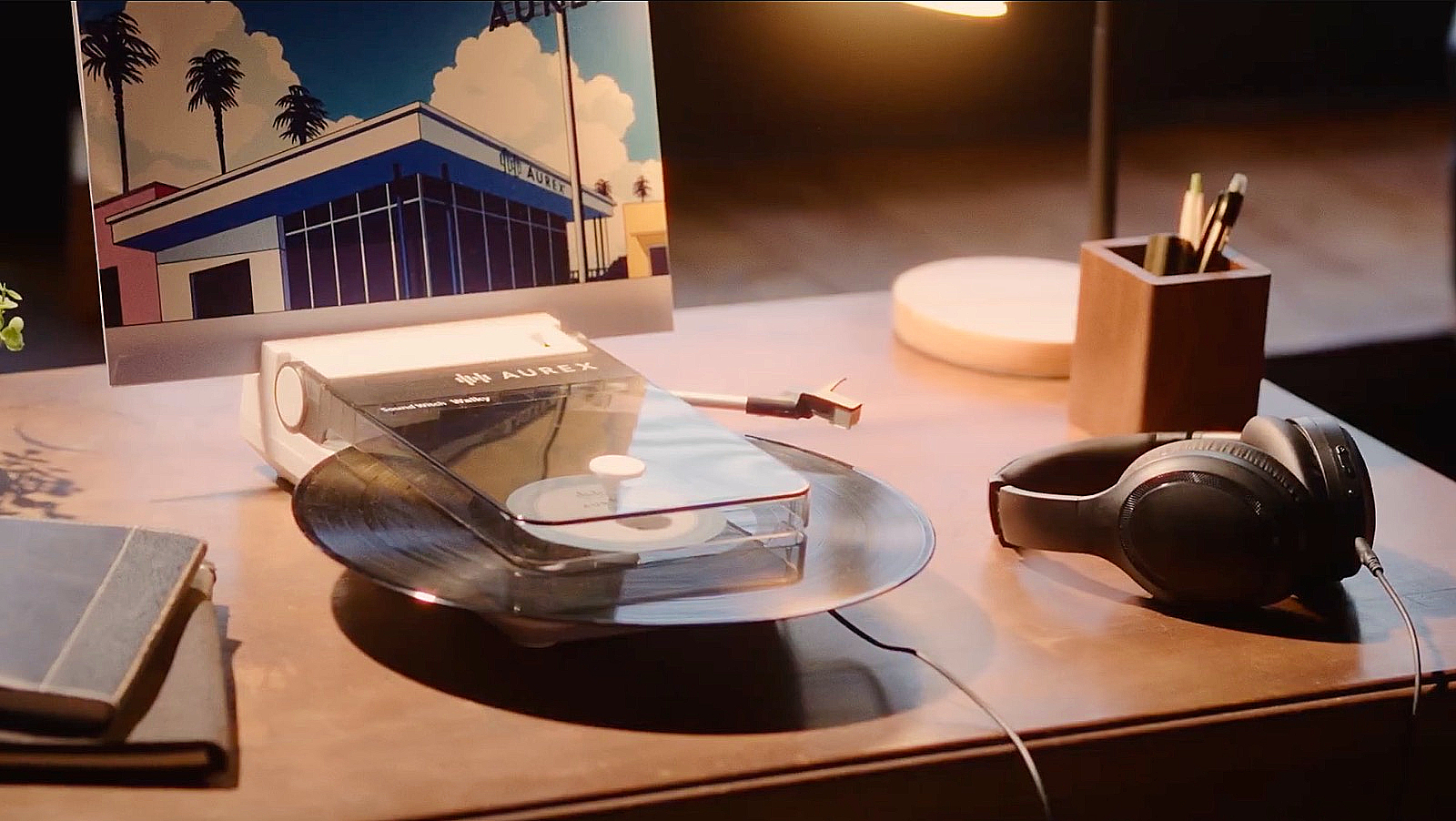
Toshiba’s portable record player is a Walkman for your vinyl
Toshiba's tiny record player is a lot more portable than your record collection
By Carrie Marshall Published
-

Leaked AirPods prototype looks like Nothing... literally
And we are here for them
By Britta O'Boyle Published
-

Audeze’s new planar headphones promise studio-quality sound without a sky-high price
The new LCD-S20 closed-back headphones are Audeze's most affordable premium planar headphones yet
By Carrie Marshall Published
-
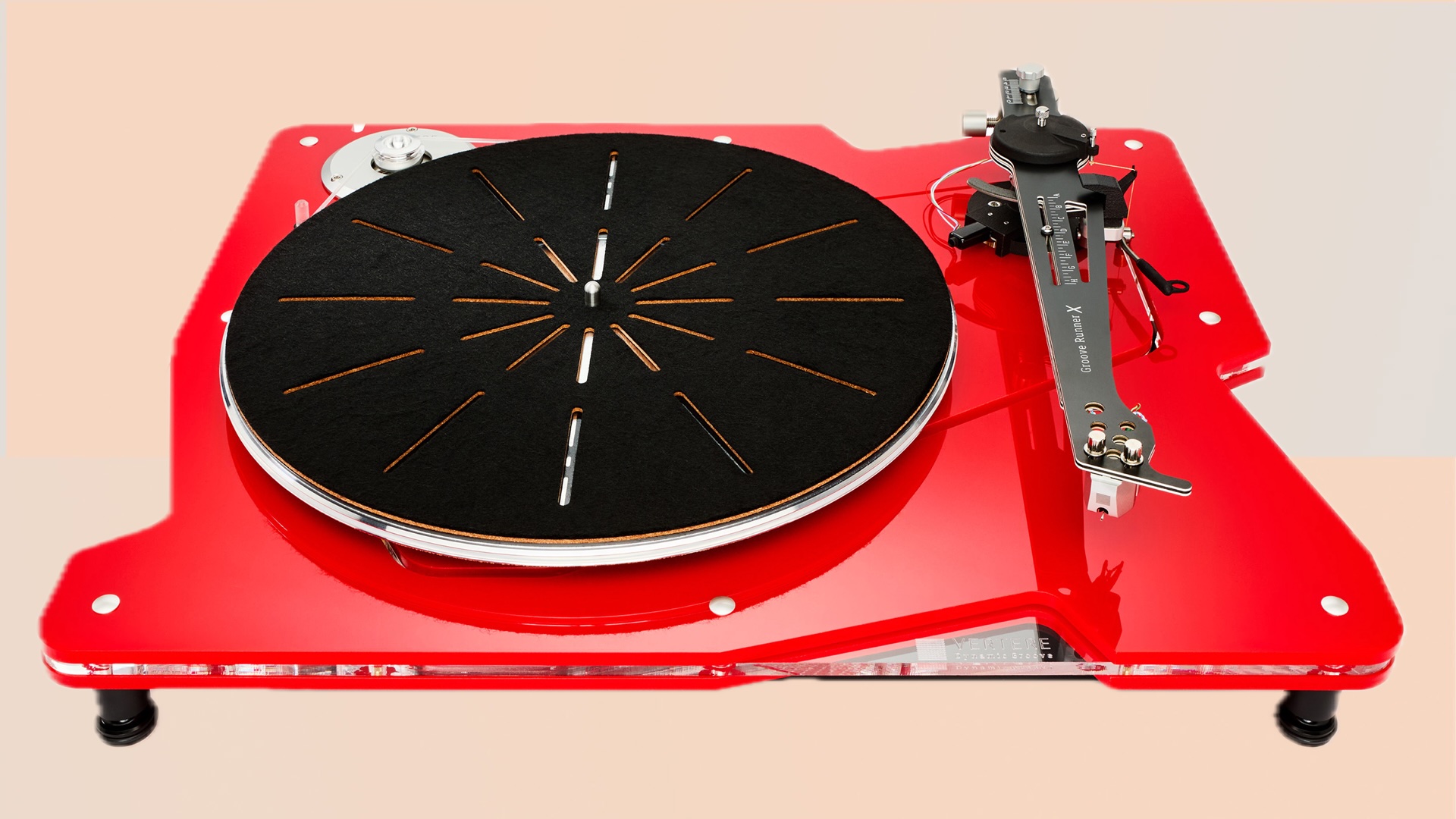
Vertere’s award-winning audiophile turntable gets an everything upgrade
The Vertere DG X is a sonically gifted high-spec turntable that looks incredible too
By Carrie Marshall Published
-

Rotel’s smart new compact amp is brilliant for bookshelf speakers
Rotel builds on its impressive headphone amp with a more powerful model for small speaker setups
By Carrie Marshall Published
-
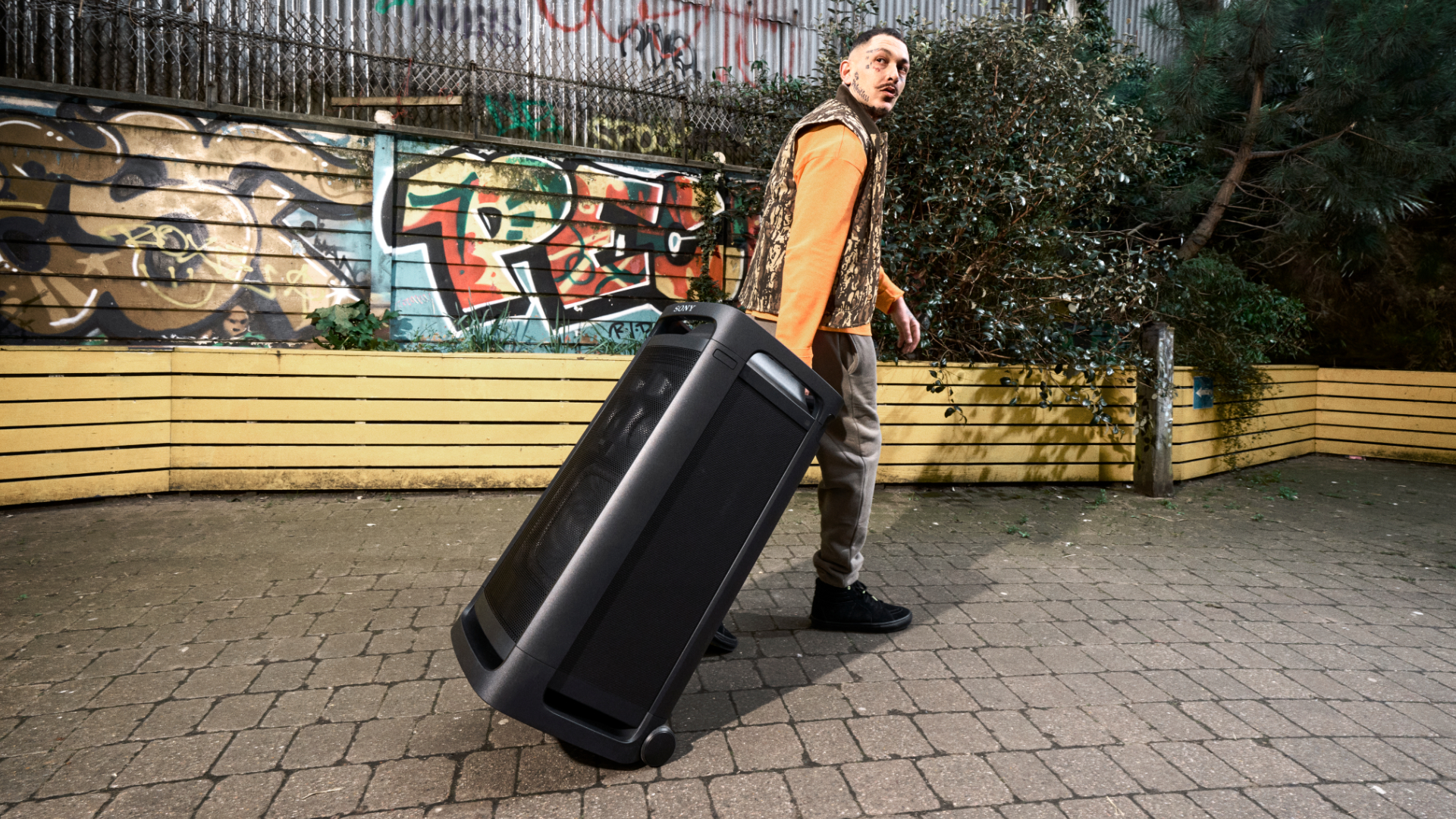
Sony drops a whole host of new Ult speakers, including some chunky units
The Ult lineup grows
By Max Freeman-Mills Published
-

These acclaimed planar headphones are now in the UK for a surprisingly accessible price
DCA Audio's Noire X headphones offer planar power for less than you might expect
By Carrie Marshall Published
-
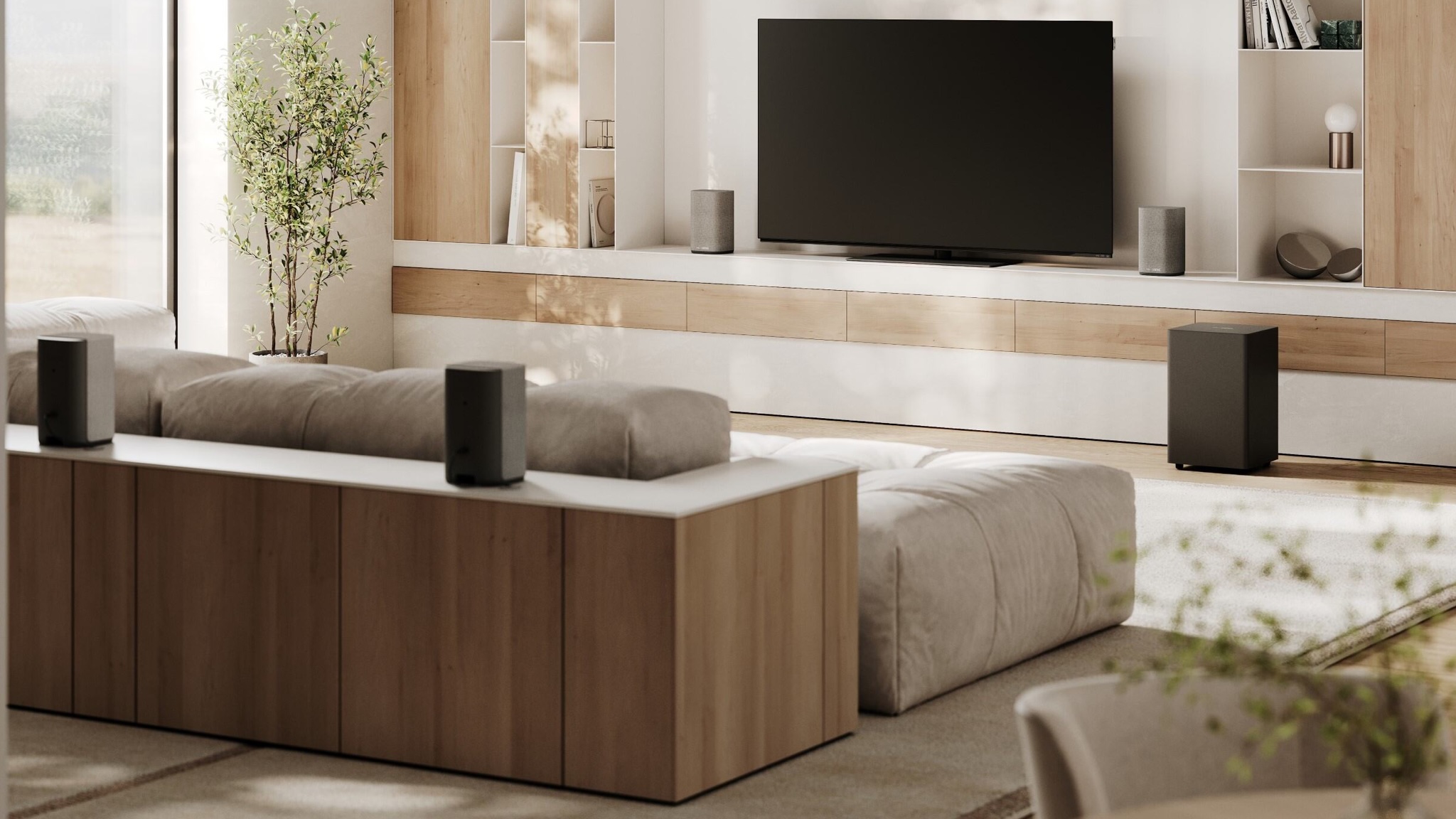
Loewe wants to give your home cinema experience a BOOST
We.BOOST promises "the ultimate cinema sound experience" with wireless plug and play
By Carrie Marshall Published
-
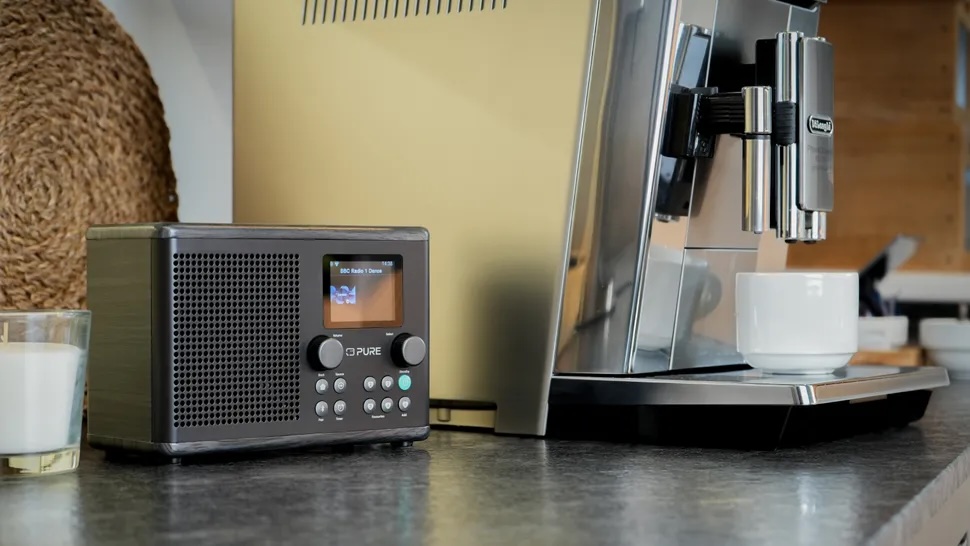
Pure’s affordable retro radios are getting an internet upgrade
The new Classic H4i and Classic C-D6i DAB+/FM radios get internet radio streaming
By Carrie Marshall Published
-
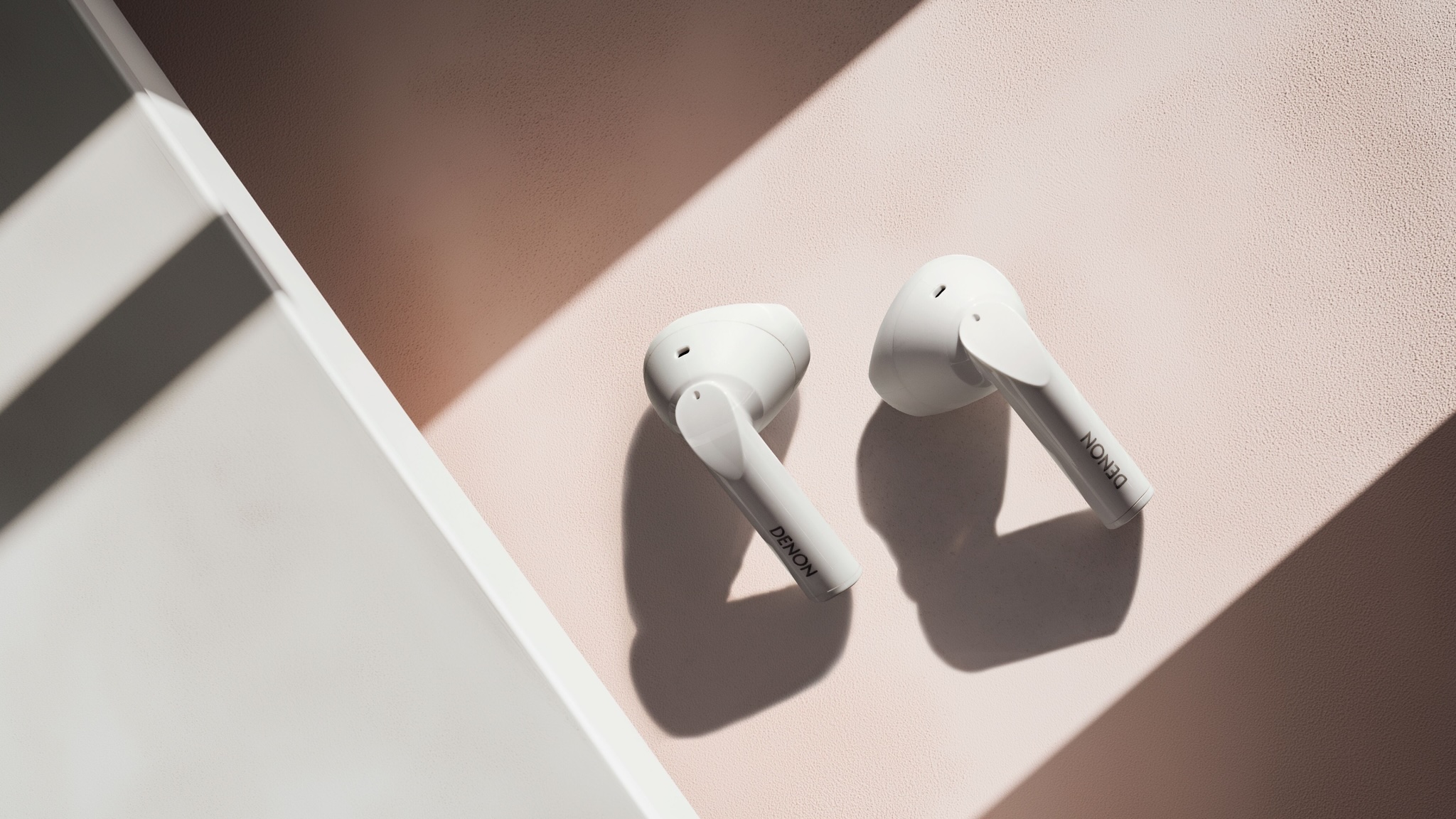
Denon's new true wireless earbuds will elevate your outdoor adventures
Open earbuds for awareness, and ANC for making the world go quiet
By Carrie Marshall Published
-
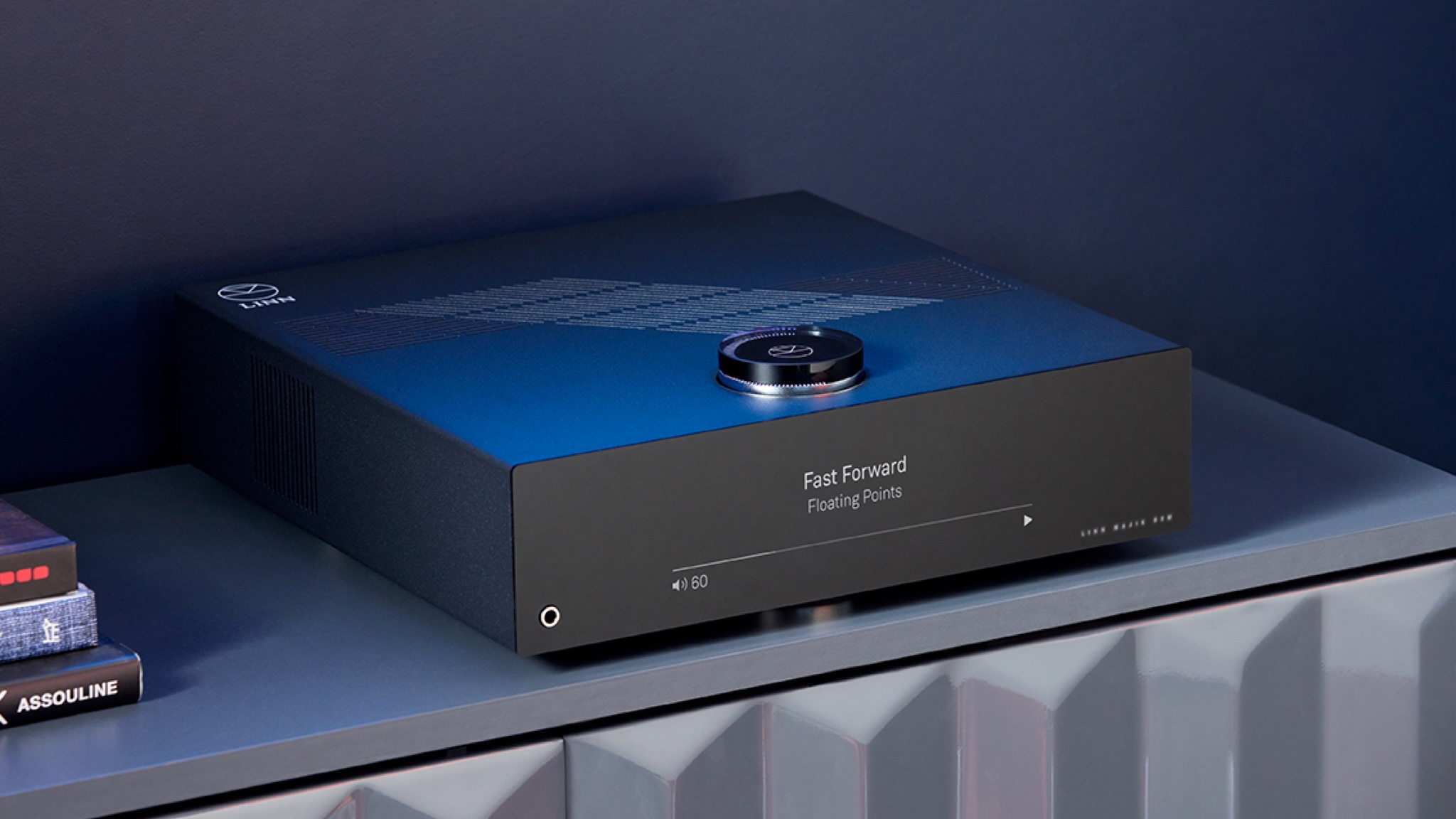
Linn makes Magik with the fifth generation of its sensational streamer
Hi-res audio with integrated pre-amp and amplifier for spectacular streaming
By Carrie Marshall Published
-

Bang & Olufsen gets stoned for limited edition speaker lineup
B&O partners with Antolini for a series of products made of stone
By Britta O'Boyle Published
-
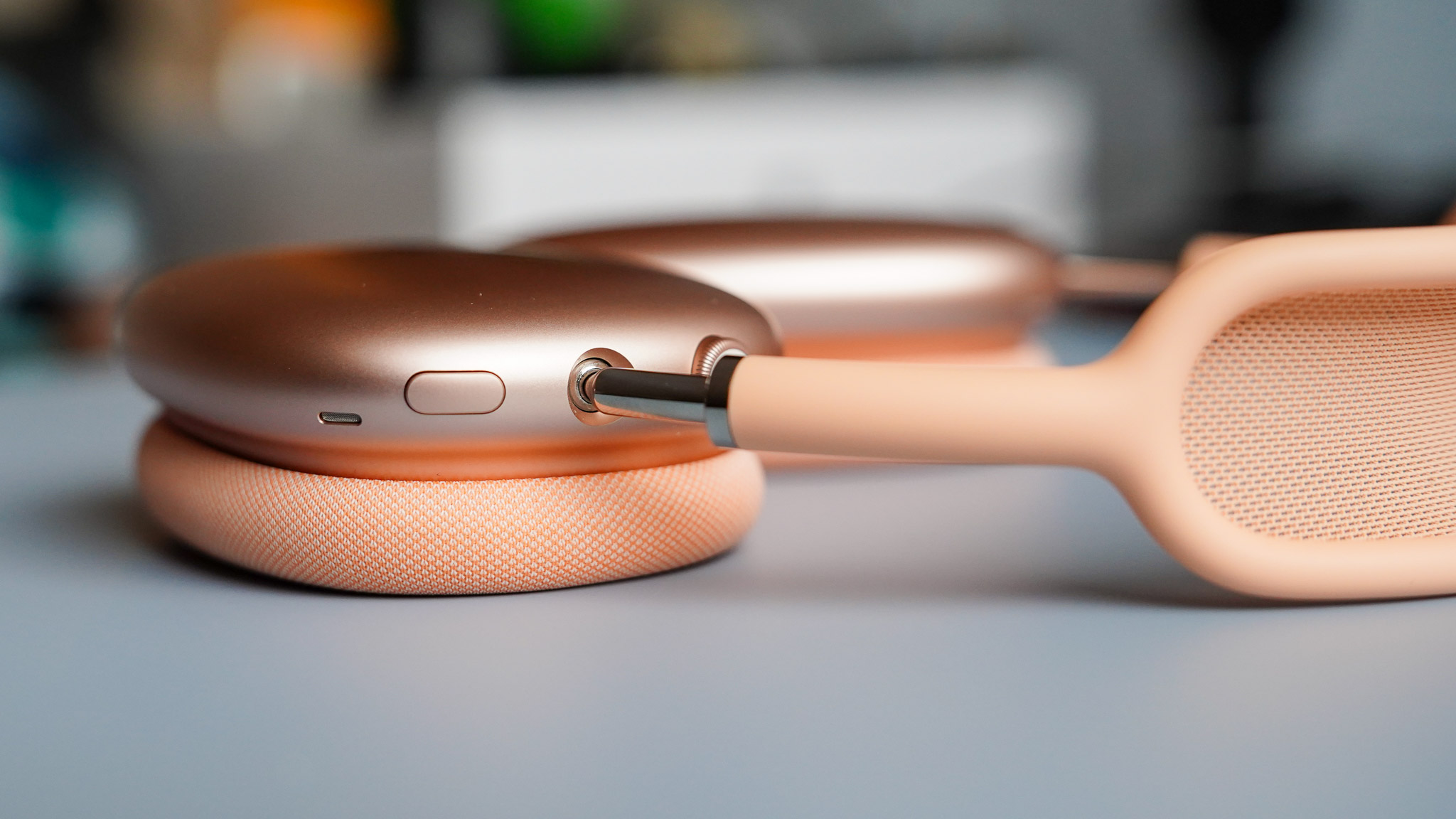
AirPods Max finally get the great free upgrade Apple promised
Here's how to make sure your headphones are running the right firmware
By Britta O'Boyle Published
-

The Astell&Kern PS10 makes it easy to add Hi-Res Audio streaming to your system or active speakers.
The PS10 makes it easy to add Hi-Res Audio streaming to your system or active speakers
By Carrie Marshall Published
-
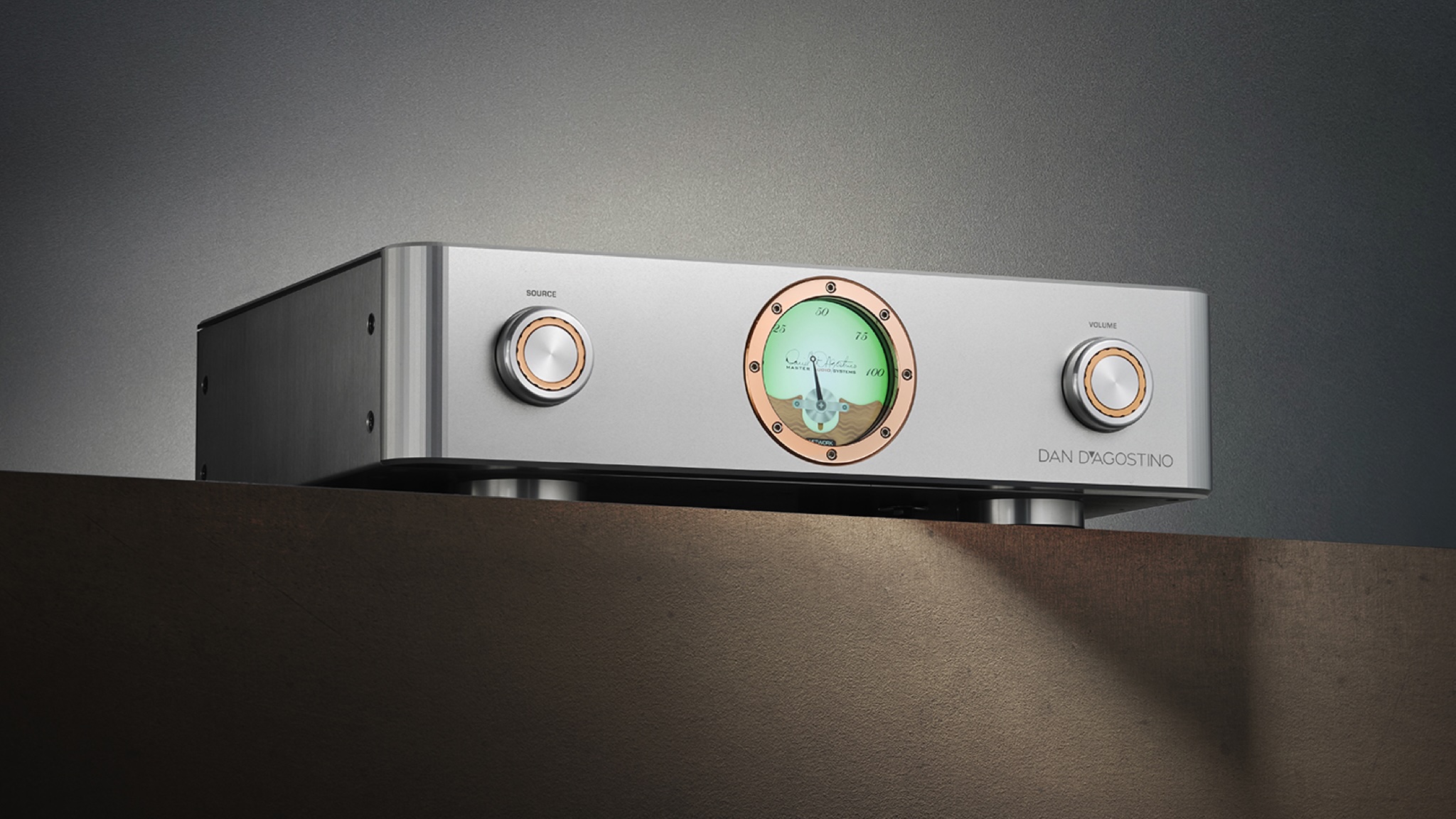
Dan D'Agostino's retro cool Pendulum amp comes with a "surprisingly affordable" price
Surprisingly affordable by D'Agostino's standards, anyway
By Carrie Marshall Published
-
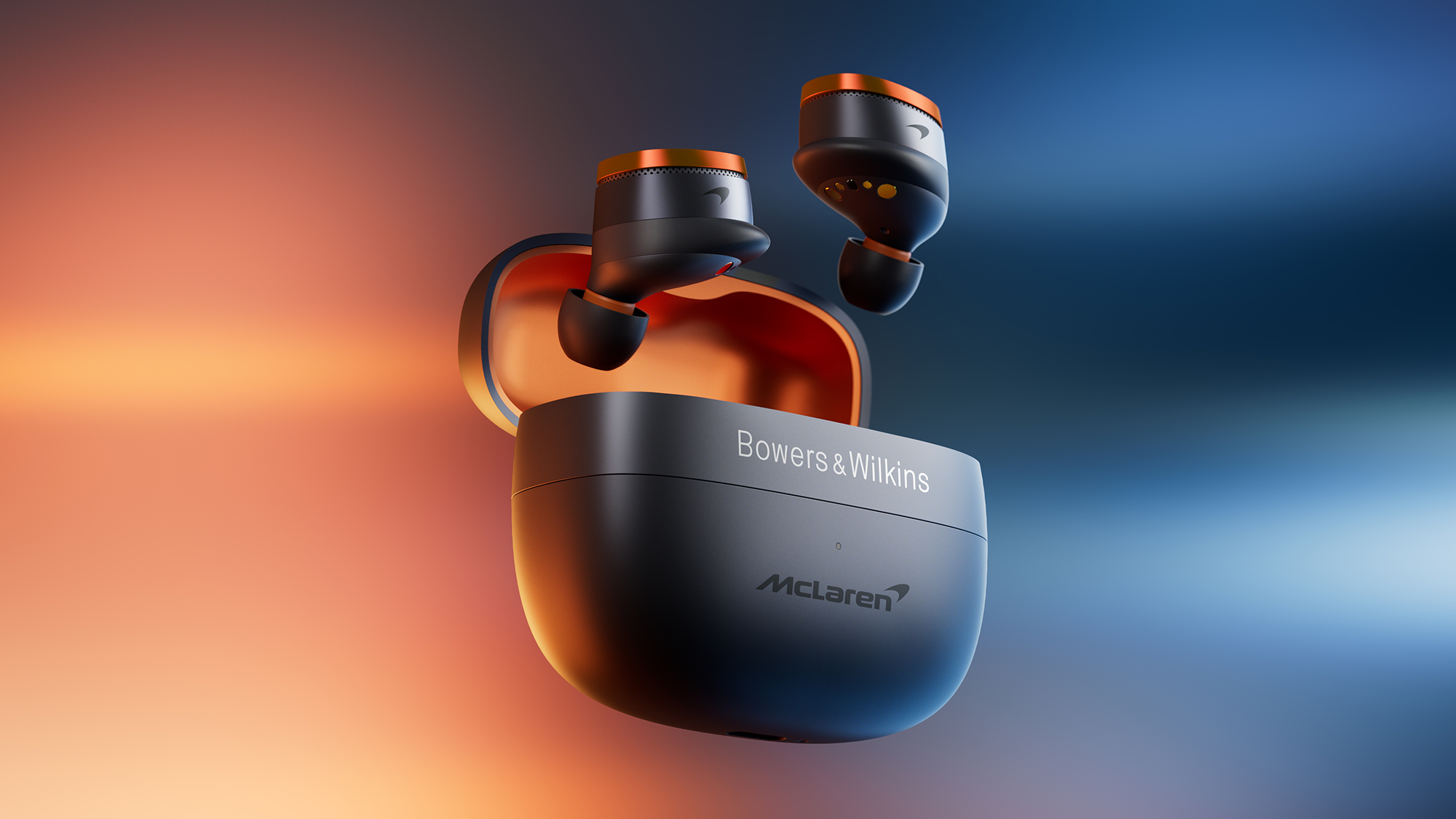
New McLaren Edition brings supercar style to Bowers & Wilkins' top earbuds
Following an extension of its partnership, Bowers & Wilkins reveals the McLaren Edition of its Pi8 top-end earbuds – and they look great
By Mike Lowe Published
-

The travel gadget I won't leave home without just got an upgrade in the AirFly Pro 2
As a frequent flyer, Twelve South's AirFly products are invaluable to me for wire-free listening with my own headphones
By Mike Lowe Published
-
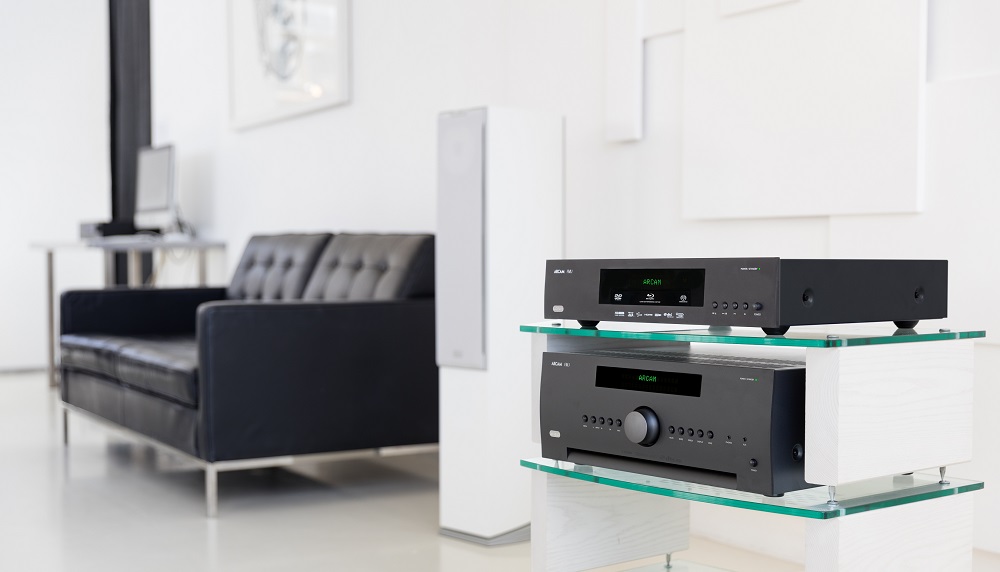
Arcam pushes important performance upgrades to a huge selection of devices
Arcam delivers updates to its AV receivers and some Hi-Fi components too
By Carrie Marshall Published
-

Pro-Ject's new turntable makes getting into vinyl easier without compromising on quality
The Pro-Ject A1.2 is fully automatic and comes with important upgrades
By Carrie Marshall Published
-

This ultra high-end Sonos rival is made with precious metals and costs more than a car
The Houchmand M1 System promises incredible audio for (very) affluent audiophiles
By Carrie Marshall Published
-
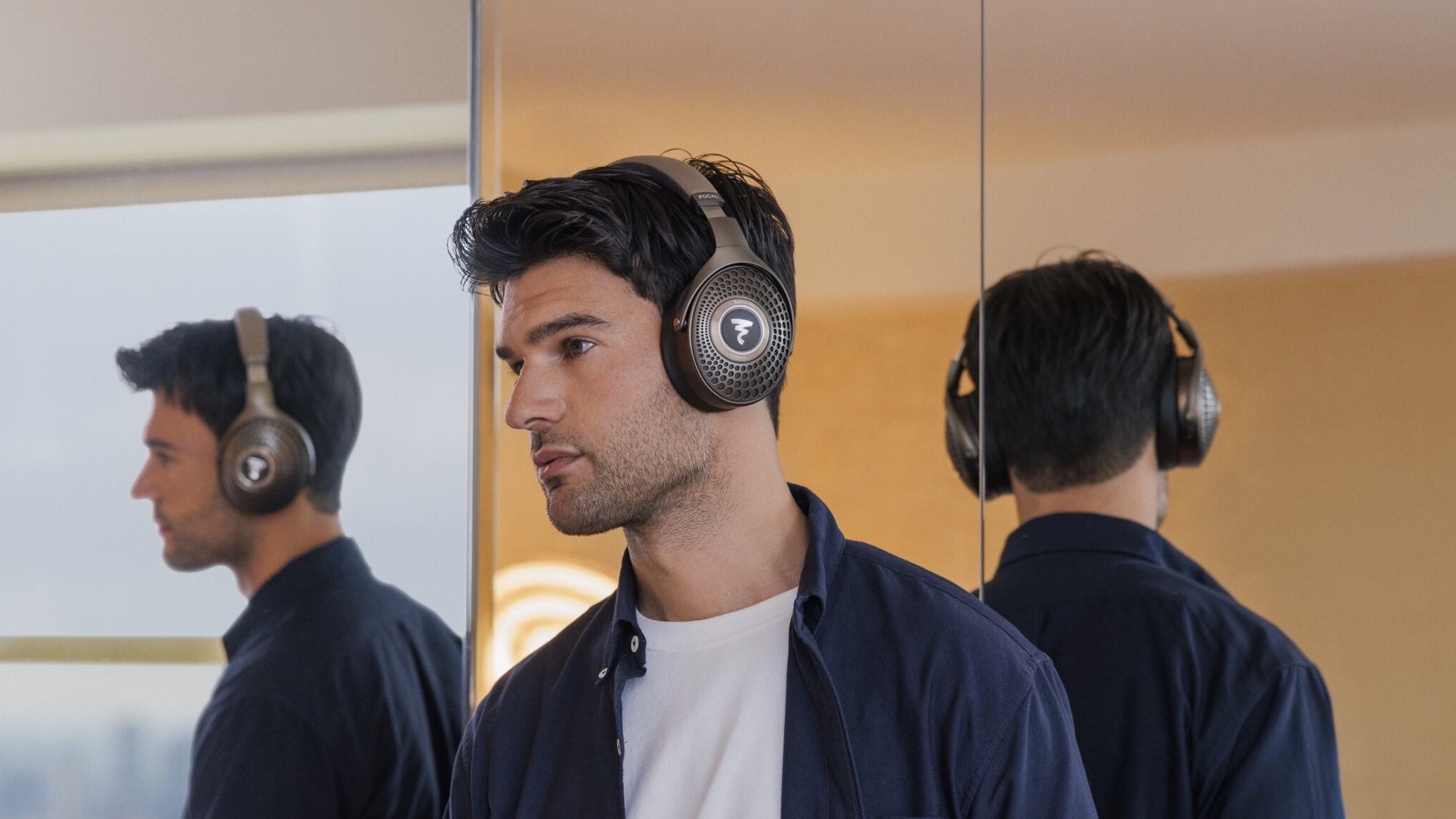
Focal's brilliant Bathys headphones just got a massive magenesium membrane upgrade
Magnesium drivers and new microphones promise improved audio and ANC
By Carrie Marshall Published
-
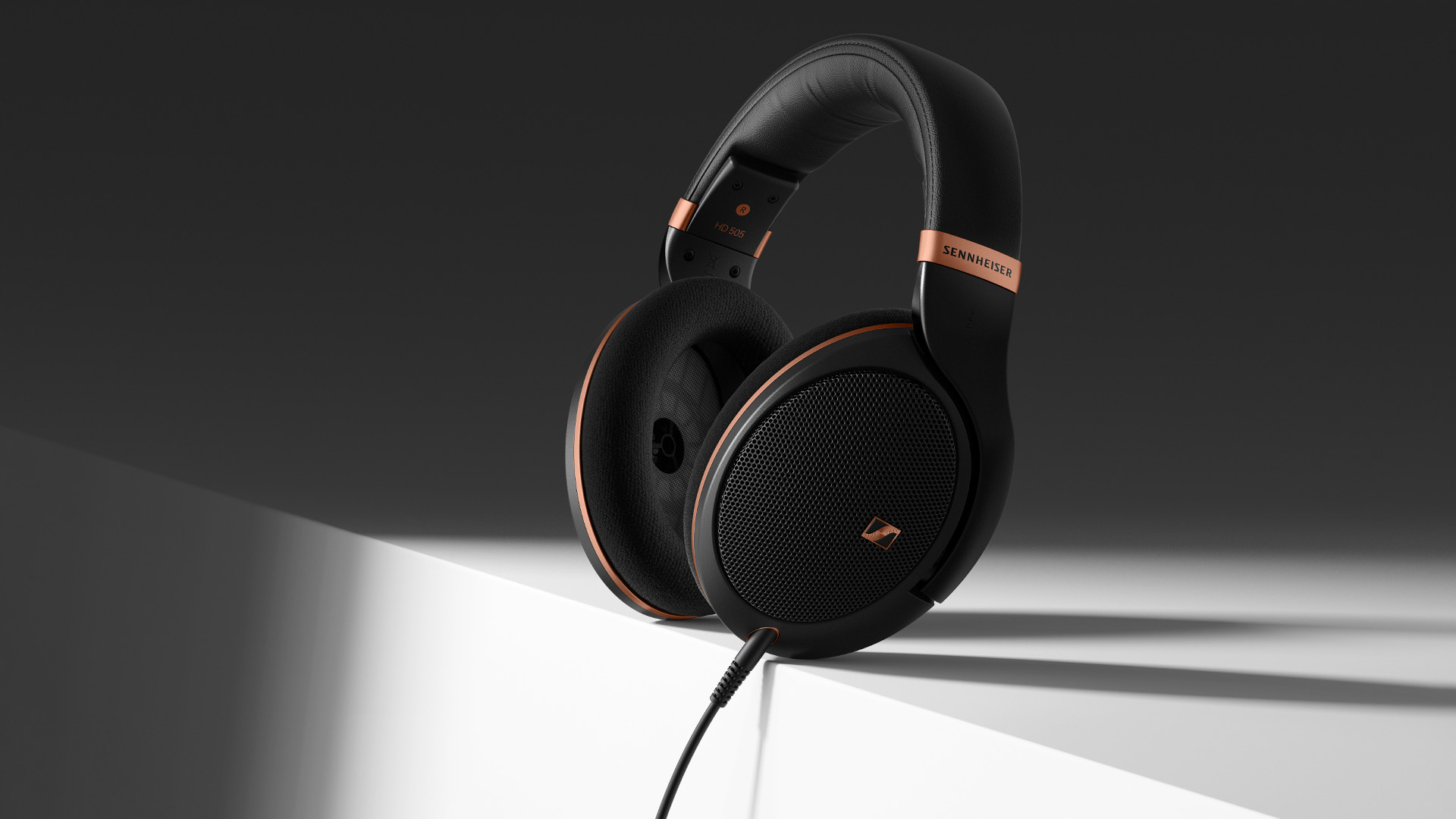
Sennheiser HD 505 review: affordable open-backed headphones
Looking for wired over-ear headphones on a budget? Sennheiser may have the answer
By Simon Lucas Last updated
-
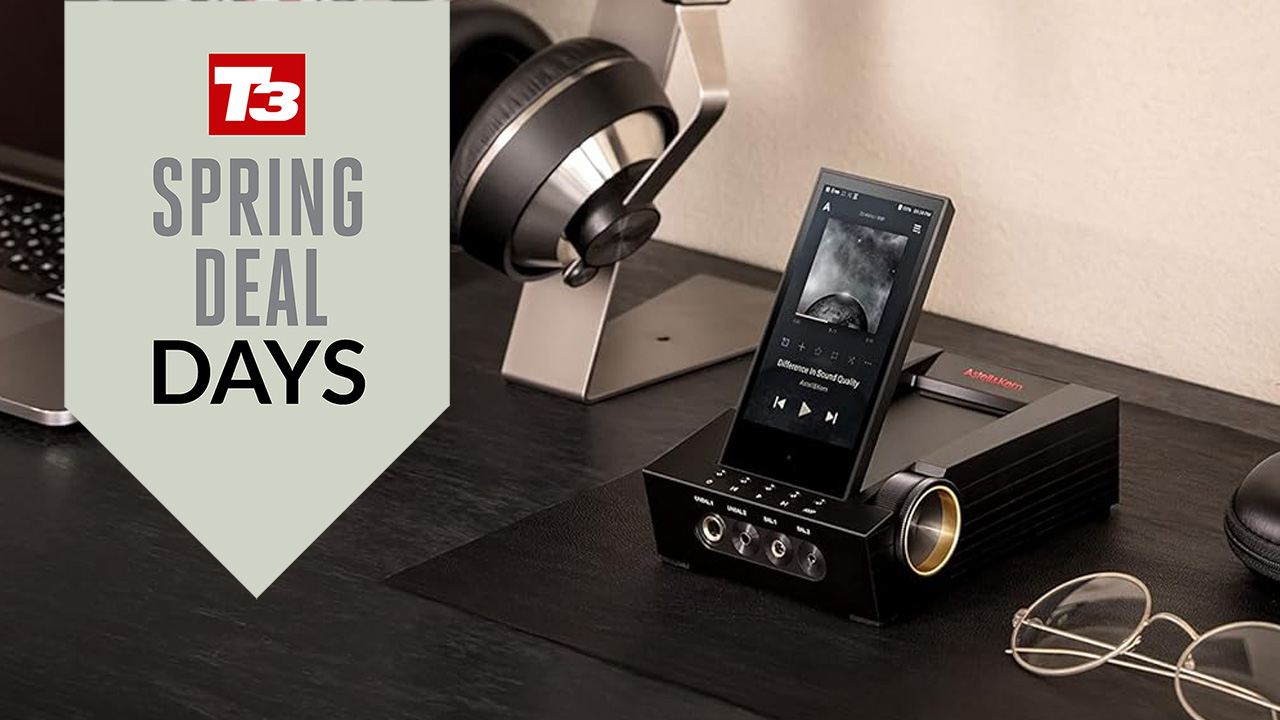
One of the best Hi-Res Audio systems on the planet has £1,300 slashed off in Amazon's spring sale
Astell & Kern's highly rated Hi-Res Audio player gets a rare and deep discount
By Carrie Marshall Published
-
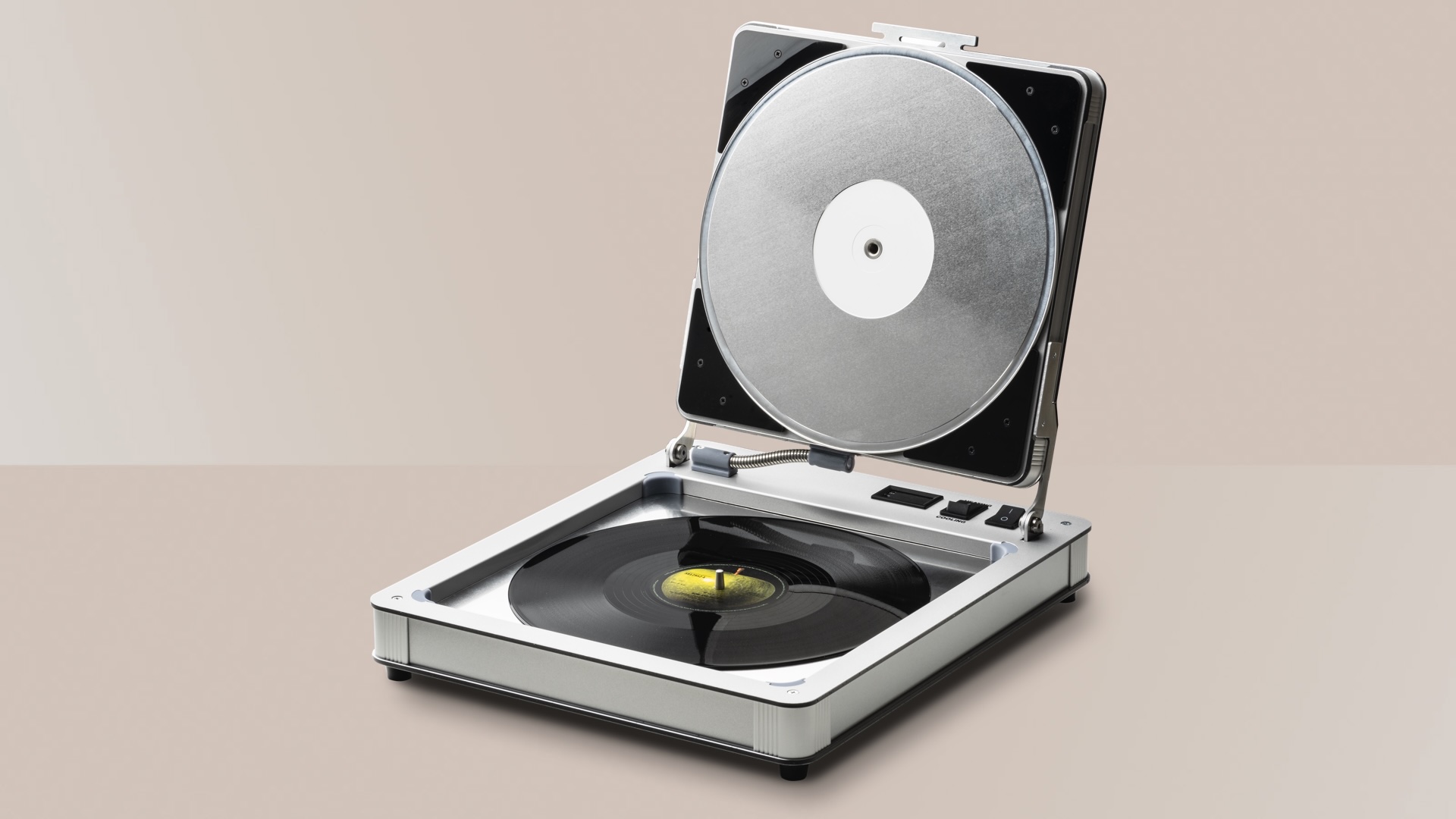
Has your LP of The Bends got the bends? Pro-Ject helps you flatten it
Say goodbye to warped records with Pro-Ject's latest disc doctor
By Carrie Marshall Published
-
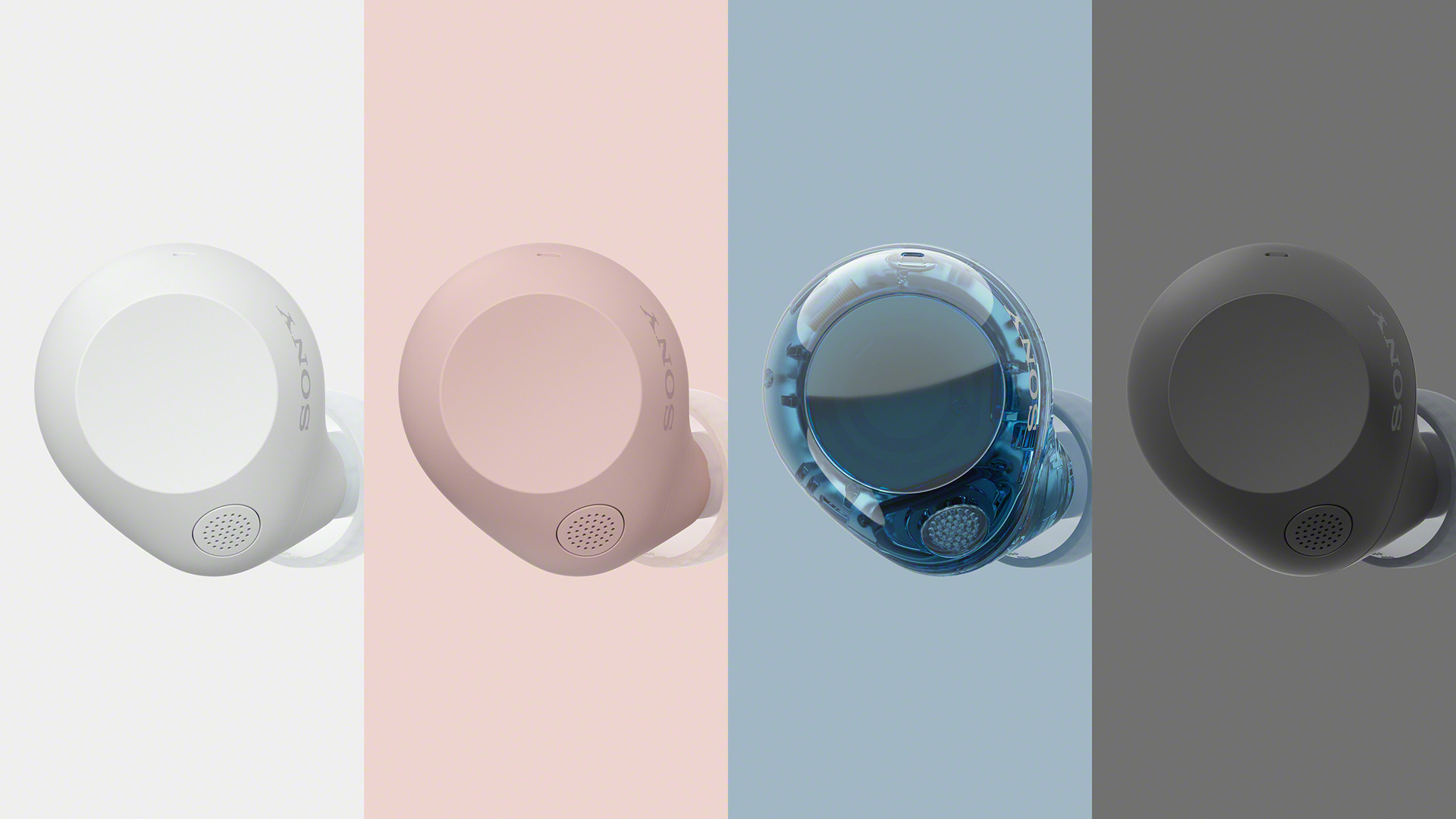
Sony's new earbuds look like 5-star in-ears – and borrow a key Nothing design feature
The Sony WF-C710N budget earbuds deliver great features at a low price – and there's a new transparent finish option, too
By Mike Lowe Last updated
-
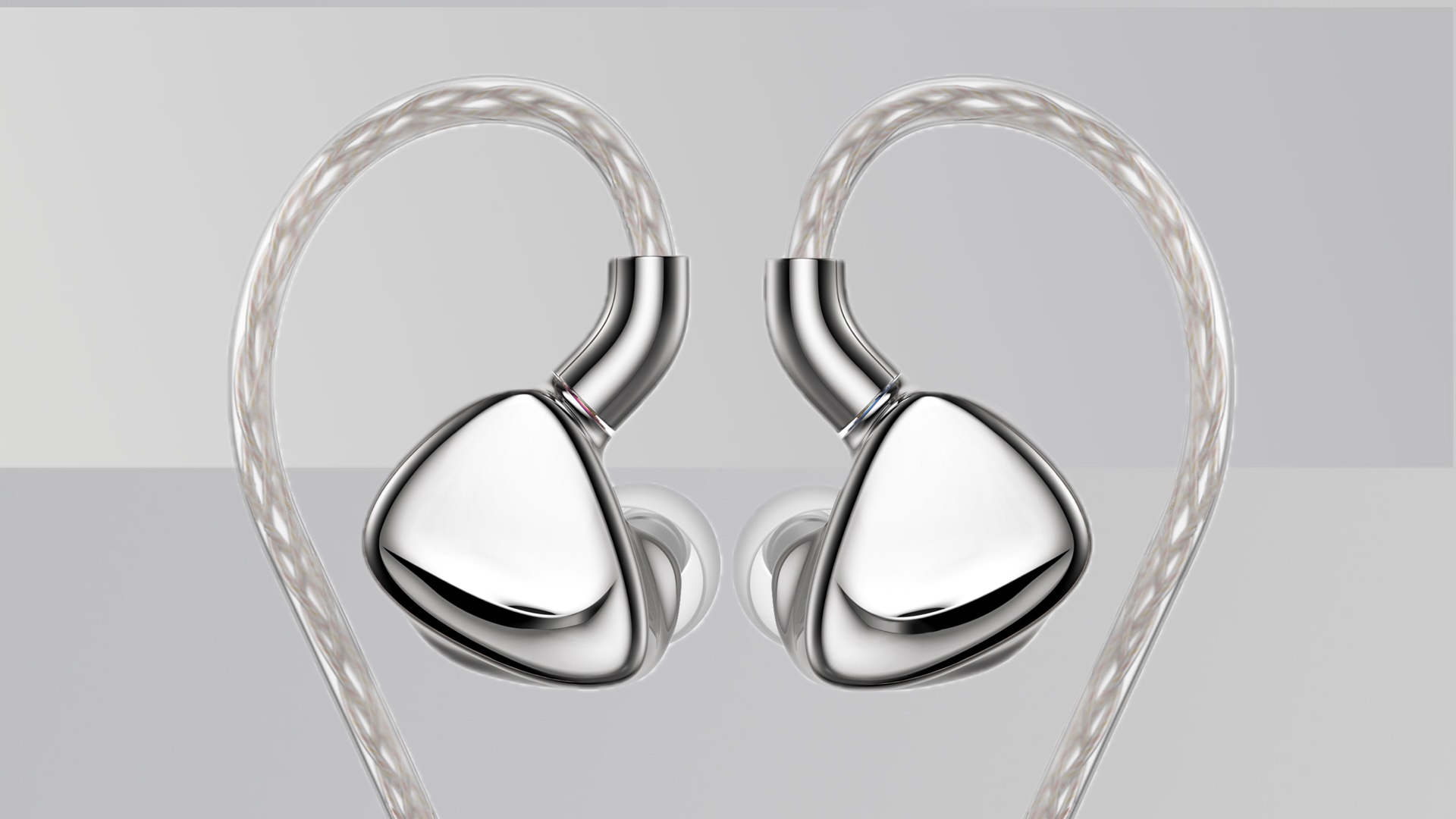
FiiO's latest earbuds sport more quality drivers than an F1 season
These flagship IEMs boast three kinds of drivers in clever combination
By Carrie Marshall Published
-
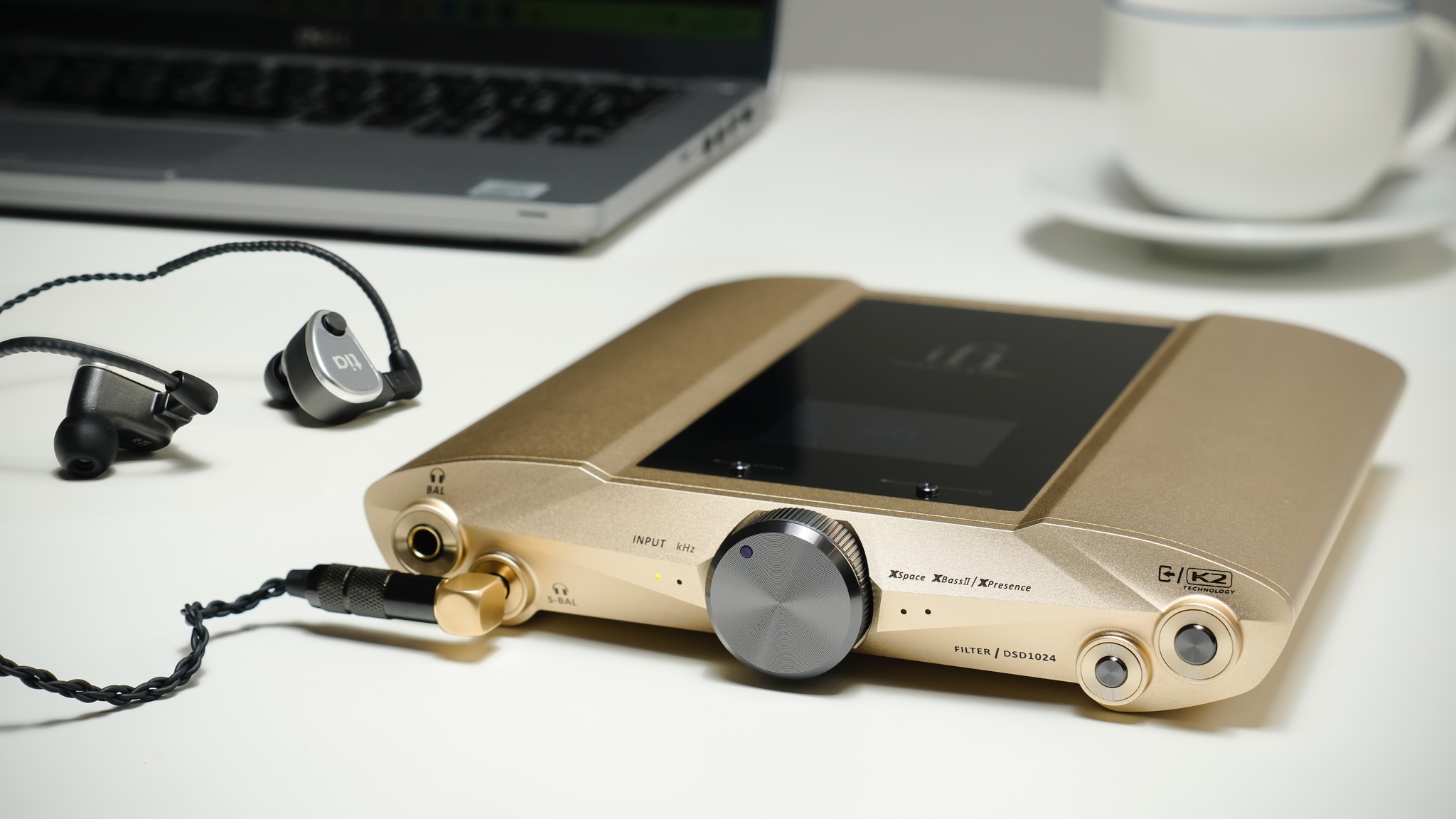
This portable amp comes from the heavens to guide audiophile vikings to Valhalla
The iDSD Valkyrie is more powerful than a Norse god, but there's precision to match its power
By Carrie Marshall Published
